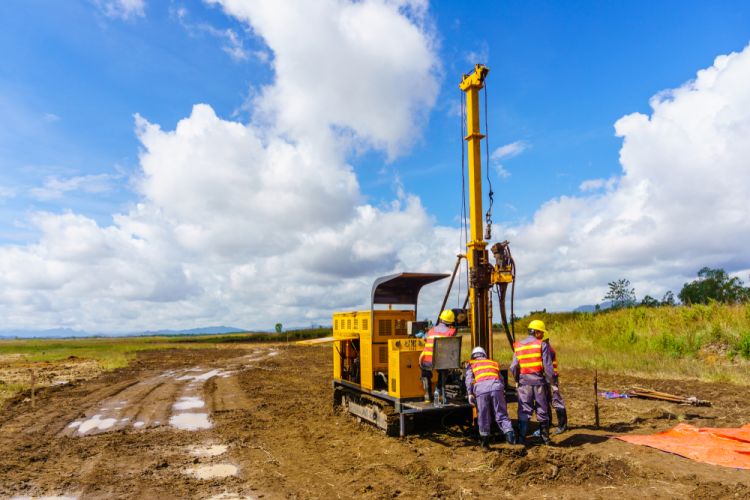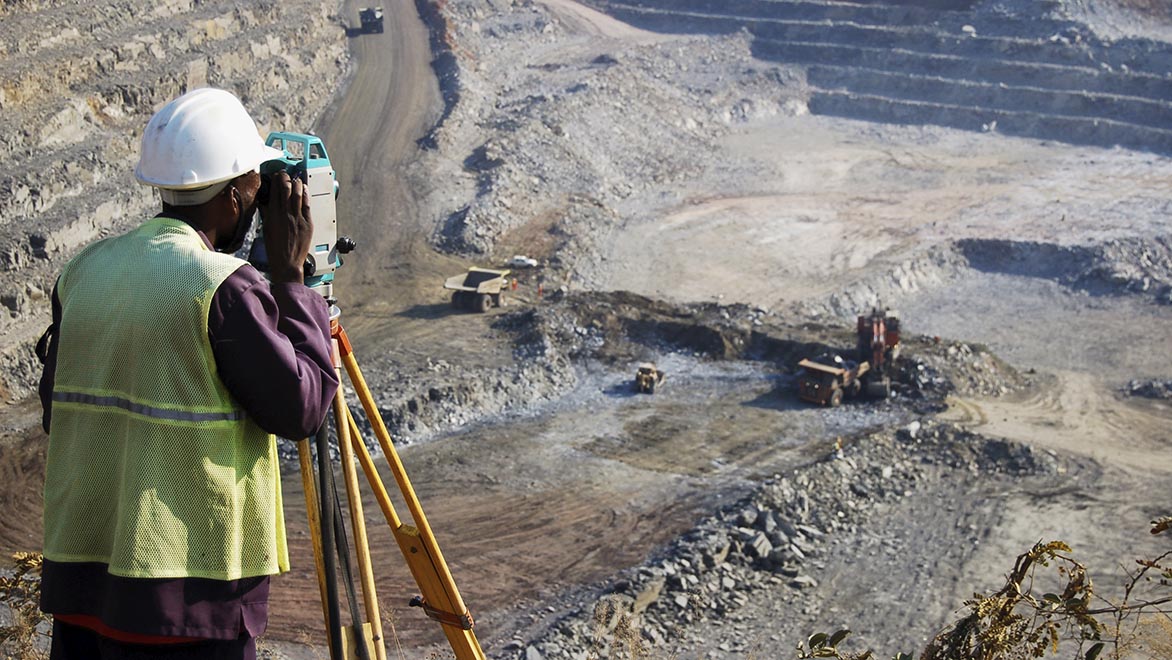6 Easy Facts About Geotechnical Engineering For Construction Projects Described
6 Easy Facts About Geotechnical Engineering For Construction Projects Described
Blog Article
An Unbiased View of Geotechnical Engineering For Construction Projects
Table of ContentsFacts About Geotechnical Engineering For Construction Projects RevealedSome Ideas on Geotechnical Engineering For Construction Projects You Should Know7 Simple Techniques For Geotechnical Engineering For Construction ProjectsThe Ultimate Guide To Geotechnical Engineering For Construction ProjectsThe Ultimate Guide To Geotechnical Engineering For Construction ProjectsGeotechnical Engineering For Construction Projects Can Be Fun For EveryoneThe Greatest Guide To Geotechnical Engineering For Construction Projects
Principles and Practice of Ground Improvement. Ground Improvement Principles And Applications In Asia. Design analysis in rock mechanics.Cengage Knowing, Stamford, 666 p. Atkinson, J., 2007. The mechanics of soils and structures. The Observational Technique in ground engineering principles and applications.
Things about Geotechnical Engineering For Construction Projects
Lab and area testing plays a critical function in this procedure. By extracting examples from the earth's subsurface and applying a collection of tests, geotechnical designers can predict the behavior of dirt layers and examine their viability for different building efforts. The essence of geotechnical engineering in civil design can not be overstated, attributable to a number of variables: The preliminary action in any kind of geotechnical study involves identifying the dirt kind at the construction site.
Recognizing these attributes ensures that only suitable dirt kinds are chosen for the growth, thus averting prospective structural failures. The structure serves as the bedrock of any type of construction task. Picking the ideal structure kind is a choice that rests on the comprehensive analysis offered by geotechnical design. This makes certain the durability and security of frameworks by accommodating the loads they will birth.

Geotechnical website investigation is a crucial action in the planning and execution of any kind of building task. It includes the collection and evaluation of information connected to the physical residential or commercial properties of dirt and rock beneath a suggested building and construction website. This details is essential for the layout and building and construction of secure, stable, and sustainable frameworks.
10 Simple Techniques For Geotechnical Engineering For Construction Projects
, also understood as subsurface expedition, entails a collection of activities aimed at identifying the soil, rock, and groundwater conditions at a building site. The main goals are to identify prospective geotechnical dangers, assess the engineering buildings of subsurface materials, and provide recommendations for the design and construction of foundations, keeping walls, and other frameworks.
This may consist of geological maps, aerial photos, previous examination records, and historical information. The workdesk research helps in identifying potential geotechnical issues and planning the succeeding fieldwork. Adhering to the desk study, a website reconnaissance is performed to visually examine the site and its environments. This includes observing the topography, drain patterns, existing structures, greenery, and any type of signs of instability or disintegration.
How Geotechnical Engineering For Construction Projects can Save You Time, Stress, and Money.
Superficial test pits are excavated to straight observe and sample the dirt and rock. This technique is helpful for researching the top layers of the subsurface and determining near-surface risks. Non-invasive geophysical methods, such as seismic refraction, ground-penetrating radar (GPR), and electrical resistivity tomography (ERT), are made use of to map subsurface conditions and detect abnormalities.
Soil and rock examples accumulated during the area examination go through laboratory testing to determine their physical and mechanical residential or commercial properties. Common laboratory examinations consist of grain dimension analysis, Atterberg limitations, compaction tests, triaxial shear examinations, and debt consolidation tests. These tests offer crucial information for geotechnical analysis and layout. The information collected from the desk research study, website reconnaissance, area investigation, and lab testing are assessed and interpreted to create a comprehensive understanding of the subsurface conditions.
The main benefit of geotechnical website examination is ensuring the safety and stability of frameworks. By comprehending the subsurface problems, engineers can develop structures and other structural components that can endure the loads and environmental pressures they will go through. This minimizes the threat of negotiation, decrease, and structural failure.
Some Known Facts About Geotechnical Engineering For Construction Projects.
Recognizing soil features can direct the selection of excavation techniques, dewatering techniques, and ground improvement actions. This makes sure efficient and secure building techniques. Geotechnical website investigations are commonly required by building codes and policies. Sticking to these needs makes sure compliance with legal and safety requirements, avoiding potential legal obligations and task hold-ups.
This info is invaluable for project managers, designers, and professionals in creating reasonable schedules, spending plans, and backup strategies. Geotechnical Engineering for Construction Projects. Skyscraper in a Coastal AreaIn a seaside city, a skyscraper residential building was intended on a site with presumed loosened sand down payments and a high water table. A detailed geotechnical investigation, including borehole boring, CPT, and geophysical studies, was performed
The 5-Second Trick For Geotechnical Engineering For Construction Projects
Based upon these findings, the structure design was customized to consist of deep heap foundations expanding into stable strata, and ground enhancement techniques, such as vibro-compaction, were carried out to mitigate liquefaction threats. This aggressive technique guaranteed the safety and security and security of the building while preventing costly go right here post-construction removal. Facilities Development on a Sloping TerrainA significant facilities project, including the construction of a highway and bridges, was intended on an uneven terrain with steep slopes.

The Leaning Tower of Pisa (Italy), a renowned architectural marvel, is infamous for its unintentional tilt from substantial geotechnical concerns. The tower's structure was inadequately created to deal with the soft, unsteady dirt under it, bring about uneven settlement and its distinctive lean. Our globe is dotted with impressive facilities projectsfrom towering high-rise buildings to sprawling bridgesall standing statement to the advancement of the different building and construction equipment and techniques readily available.
Geotechnical engineering is a specific area within civil design that focuses on examining the actions of earth materials. This branch dives deep right into the groundinvestigating how the dirt, rock, and groundwater at a construction site can influenceand be affected bythe facilities that we put up on and into them. Before a single block is laid or a concrete foundation poured, geotechnical engineers probe right into the earthgathering crucial data about the website's dirt composition, rock framework, and groundwater levels.
Getting My Geotechnical Engineering For Construction Projects To Work

is a tool used to evaluate the stability and load-bearing capability of heaps during installation, leveraging the principle of wave breeding. It maximizes building and construction effectiveness by supplying real-time analyses, therefore guaranteeing secure and reliable pile foundations. Among the functional applications of geotechnical design involves choosing and implementing the right methods for structure building.
Stack driving stands for more than the simple act of inserting structural elements right into the ground. On the other hand, it is a meticulously coordinated process of transferring a framework's lots past the much less steady soil layers closer to the surfacedown to browse this site the extra substantial site here strata that lie under. When it comes to stack driving, consider just how geotechnical engineers adeptly use this technique to evenly disperse the structure's weight.
Report this page